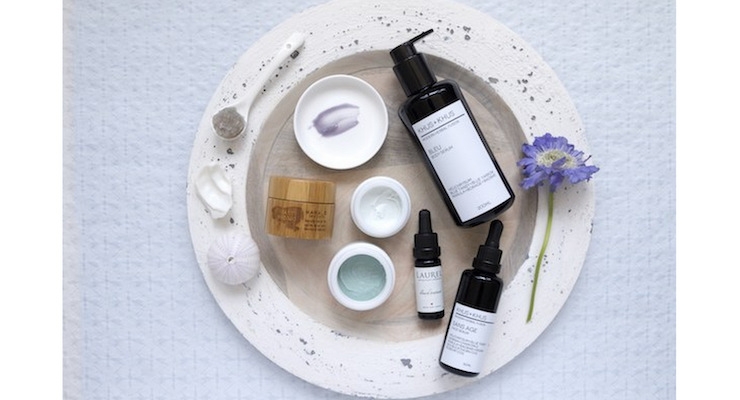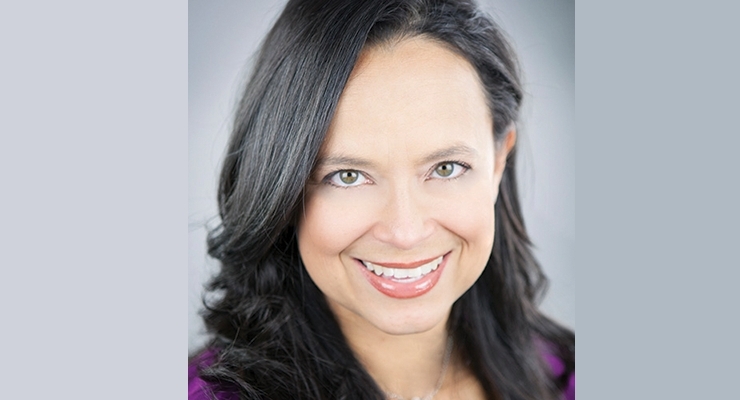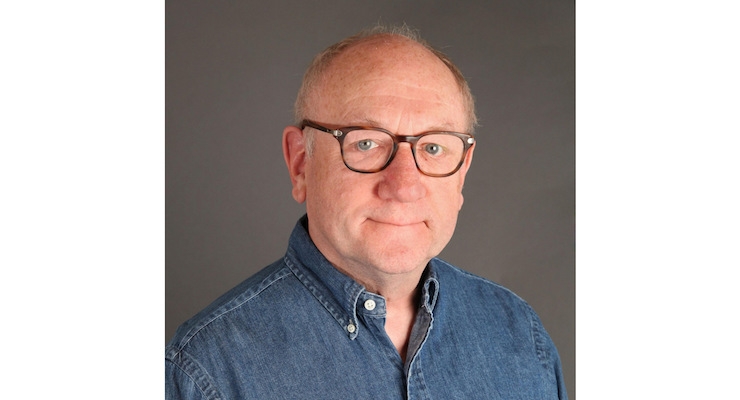Larissa Jensen and Matt Powell, NPD03.19.18
Of the 20-plus industries NPD tracks, one of the fastest growing in 2017 was the beauty industry. Sales in the U.S. were up a robust 6% compared to the tepid, low single-digit growth in the sports industry.
Here are the top five trends we identified as driving the beauty industry’s successes today, and where there are applications for sports retail.
Natural/Wellness
Natural brands are outpacing the growth of all beauty categories in the U.S. (makeup, skincare, and fragrance). In skincare specifically, natural brands are the largest brand type and made up half of the category’s dollar volume gains in 2017. In fragrance, natural brands make up only 1% of sales, but grew 8X faster than the category.
The sports industry has always had a strong connection to sustainability. Perhaps a renewed focus on this goal and a greater understanding of Gen Z’s interest in “clean living” could benefit sales. Brands that share the values of their consumers will win in 2018.
Indie Brands
Legacy brands are looking for ways to remain relevant in today’s market. In skincare, brands outside the top 20 make up the majority share of dollars; they are growing the fastest and gaining the most share points. But more generally, smaller brands are winning in beauty because: They are nimble and able to react to trends more quickly; They look to consumers, not other brands, for inspiration on what to launch; They have a clear focus and a targeted market.
‘Small is the new big’ in sports. Today’s consumer wants unique products, sold by unique retailers, made by unique brands. Mega brands must come up with ways to “act small.” Brands and retailers that try to be all things to all people will struggle. Curated assortments, clearly defined muses or niches, and fresh retail approaches will be the keys to success in 2018. No brand or retailer has gone out of business by listening more closely to their consumers.
Social Media
This is the biggest driver in makeup as it provides the biggest impact via social sharing; it’s easy to see a ‘before and after’ effect. The top 10 brands in makeup are often the most buzzed about brands on social platforms. Influencers play a big role here, and we have seen in our data how influencer collaborations typically generate more sales than the more traditional celebrity collaborations.
“Rent-a-celebrity” is starting to play itself out of sports. Athletic endorsers no longer produce significant retail results. Paid celebrities are viewed by the consumer as phony, but honest, unpaid influencers continue to have sway in the market. Peers remain the most important influencers. Brands that can harness this trend will win.
Experiential Retail
Brick-and-mortar still holds the largest share of sales, and brands need to win here to win overall. Strong online sales alone will not drive growth. Specialty stores are where consumers shop more often, enticing consumers with unique brand and product offerings in a fun retail environment. Also, we have seen an influx of pop-up and pop-in stores in high volume cities including NY, LA, and San Francisco, which allow manufacturers to immerse the consumer in their brand experience, and provide Instagrammable photo ops for consumers to share on social media.
Retailers need to “surprise and delight” their customers. Retail stores that look the same, visit over visit, are uninspiring. Products, brands, and retailers must tell exciting and provocative stories to attract consumers and get them returning to their stores.
Beauty specialty stores are particularly hot right now. Some feature a “mass to class” product lineup, and offer sampling add-ons, and hair and nail services. Consumers can spend hours in these stores and share that experience with their friends. Sports retailers must think about how they can replicate this kind of experience.
Dotcom
This area of the beauty market has seen double-digit growth since NPD began tracking it. At the highest level it’s about convenience across all categories, but the dynamics of online differ by category. In fragrance, where penetration is the lowest, it’s about replenishment. In skincare, where online penetration is highest, it’s about easy access to online reviews, providing consumers the confidence to purchase this more complicated and higher price-point category. In makeup, replenishment and experimentation (new launches) play a role in the gains. Online only brands (like Kylie Cosmetics and ColourPop – before it went into Sephora) draw lots of excitement through social media and their limited-edition strategy, leveraging the “fear of missing out” (FOMO) trend.
Footwear is one of the highest e-commerce penetrated categories. Yet, it seems that the sports industry’s online approach is purely transactional, rather than relationship building as we see in beauty. The big challenge is how to get customers to visit websites often, not just to shop but to build a relationship with the retailer or brand, as the beauty industry has done.
There are many important teachings for the sports industry to learn from beauty. In today’s retail landscape, industries cannot live strictly in their silos, but must see the bigger pictures and learn from each other. Retailers and brands that take a more progressive approach can expect success in the future.
Photo: Max and Me, an Indie brand































